Many people mistakenly believe that the US dollar is the strongest currency in the world. But it is not so.
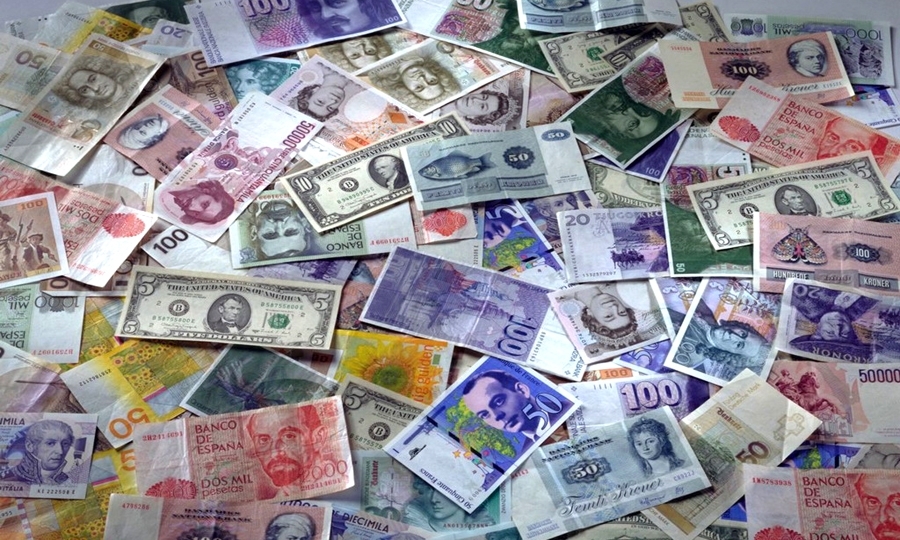
There are 180 currencies in the world. We are used to keeping track of the value of the hryvnia against the US dollar. However, surprisingly, green is not the strongest currency in the world.
The value of currencies depends on many factors. As a rule, it is growing due to government stimulation of the economy, moderate inflation (about 2% per year), and an improvement in the trade balance.
For example, a country that exports more goods and services than it buys has a trade surplus. This means that more foreign currency is entering the country than it is leaving, therefore, its currency is getting stronger. True, the constant strengthening of the currency is not always a positive phenomenon, so sometimes governments of countries deliberately devalue their currencies. In general, the high cost of the currency rather indicates that the country is successfully controlling inflation.
It is customary to compare world currencies in relation to the US dollar, since it is considered the dominant reserve currency. We have compiled the TOP of the most expensive currencies in the world.
Kuwaiti Dinar (1 KWD = 3.31 USD)
The Kuwaiti dinar has long maintained a leading position in such ratings. This is due to the significant export of oil to the world market. More than 80% of the country's income comes from the oil industry, since the extraction of "black" gold is relatively cheap here. In addition, the country has a low unemployment and tax burden. Since 2003, the currency has been pegged to the US dollar, but in 2007 the government decided to peg the dinar to a weighted currency basket.
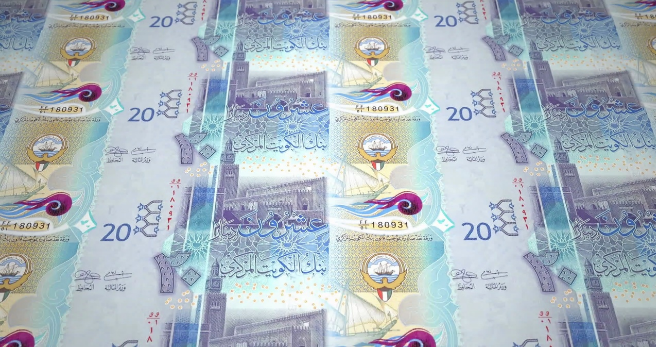
Bahraini Dinar (1 BHD = 2.65 USD)
The Kingdom of Bahrain is a small island country located between the Qatar Peninsula and the northeastern coast of Saudi Arabia. Export of "black gold" is the largest source of income for this country as well. The history of circulation of the Bahraini dinar began in 1965, displacing the Persian Gulf rupee. Despite the significant impact of low oil prices on the country's economy, the Bahraini dinar's average annual rate has remained close to the current exchange rate since 2011, and its exchange rate against the US dollar has remained unchanged since 2005.
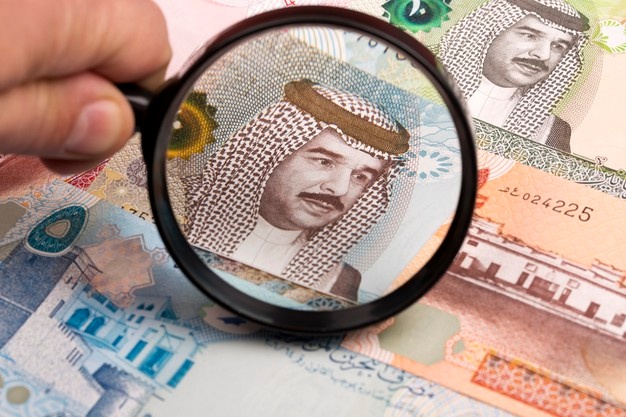
Omani Rial (1 OMR = 2.60 USD)
Oman is a country on the Arabian Peninsula with a developed economy and a high quality of life. The Omani rial is also pegged to the US dollar, as is the Bahraini dinar. It entered circulation in late 1979, replacing the Sideian rial. Interestingly, the purchasing power of this currency is so high that the government had to issue 1/4 and 1/2 riyals notes. The Omani rial has maintained its value against the dollar due to historically tight monetary policy. Local politicians tend to restrict the supply of money to contain conflicts in the Middle East. It also affects the rate of inflation and the strengthening of the currency.
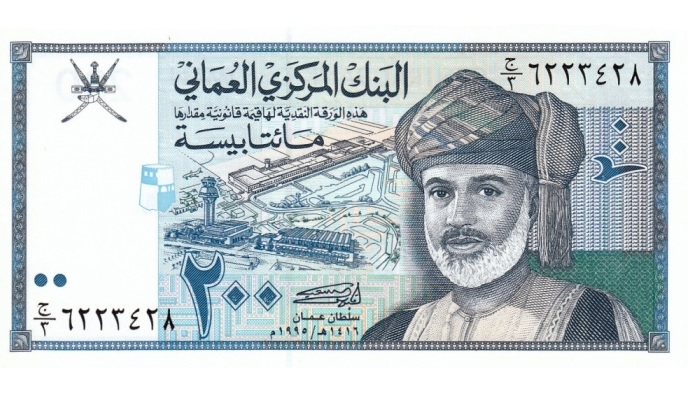
Jordanian dinar (1 JOD = 1.41 USD)
The Jordanian dinar began circulation in 1949 and subsequently replaced the Palestinian pound. Despite the limited natural resources, the Jordanian economy gradually stabilized, which led to an increase in the value of the Jordanian dinar. It is difficult to explain the high cost of this currency, since the country is not economically developed (GDP per capita is $ 3.69), does not have huge reserves of "black" gold.
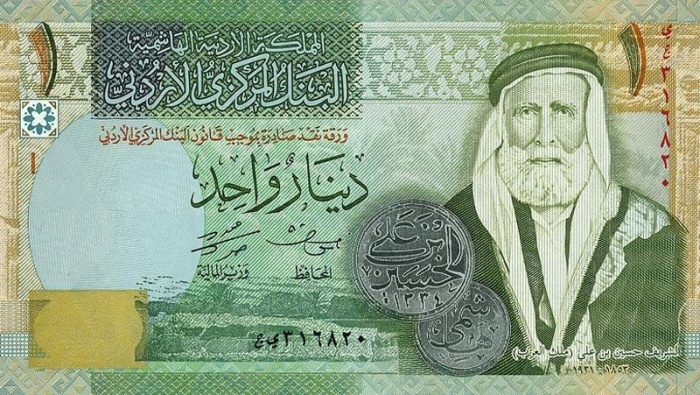
British Pound (1 GBP = 1.38 USD)
The British pound is actively circulating in the UK and Northern Ireland. The first black and white banknotes appeared between 1725 and 1745. Since then, they have changed significantly - they became colored and contain an image of the Queen of Great Britain. The British pound accounts for about 12.8% of daily trading in the foreign exchange market. The pound has traditionally been worth more than the US dollar, but in the twentieth century it began to lose ground.
However, in the 1980s, the gap narrowed and the British pound regained its dominance over the US dollar. The British colonies issue their own banknotes, which visually differ from banknotes issued by the Bank of England, but are rated at 1:1.
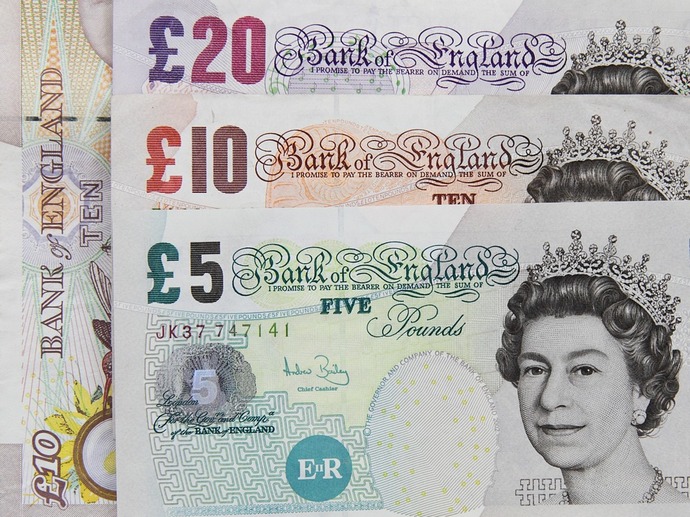
Cayman Islands Dollar (1 KYD = 1.20 USD)
The Cayman Islands are one of the best tax havens in the world. Hundreds of banks, hedge funds and insurance companies are licensed there. The country has the highest standard of living in the Caribbean. Currency has been in circulation in the Cayman Islands since 1972.
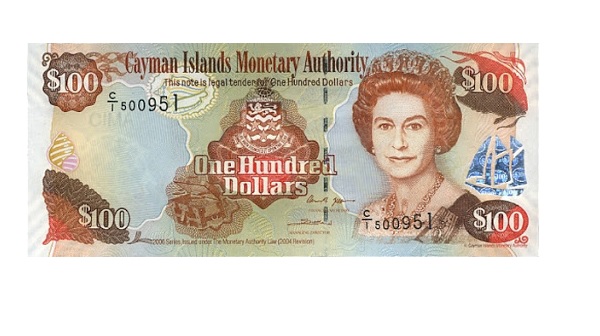
Euro (1 EUR = 1.19 USD)
The Euro is the official currency of the Eurozone, which includes 19 member states of the European Union: Austria, Belgium, Cyprus, Estonia, Finland, France, Germany, Greece, Ireland, Italy, Latvia, Lithuania, Luxembourg, Malta, Netherlands Portugal, Slovakia, Slovenia and Spain. The currency has appreciated over the past few years. Partly due to the fact that it is in circulation in economically developed countries. In addition, the euro is the world's second reserve currency, covering 22.2% of all world savings (US dollar - 62.3%).

Swiss franc (1 CHF = 1.08 USD)
Switzerland is not only one of the richest countries in the world, but also one of the most stable. The Swiss banking sector has made the national currency a safe haven for international capital - investors use it as a safe haven when faced with instability or geopolitical tensions. This was achieved, among other things, thanks to the country's low debt level and correct monetary policy. Also, the currency is in circulation in Liechtenstein.
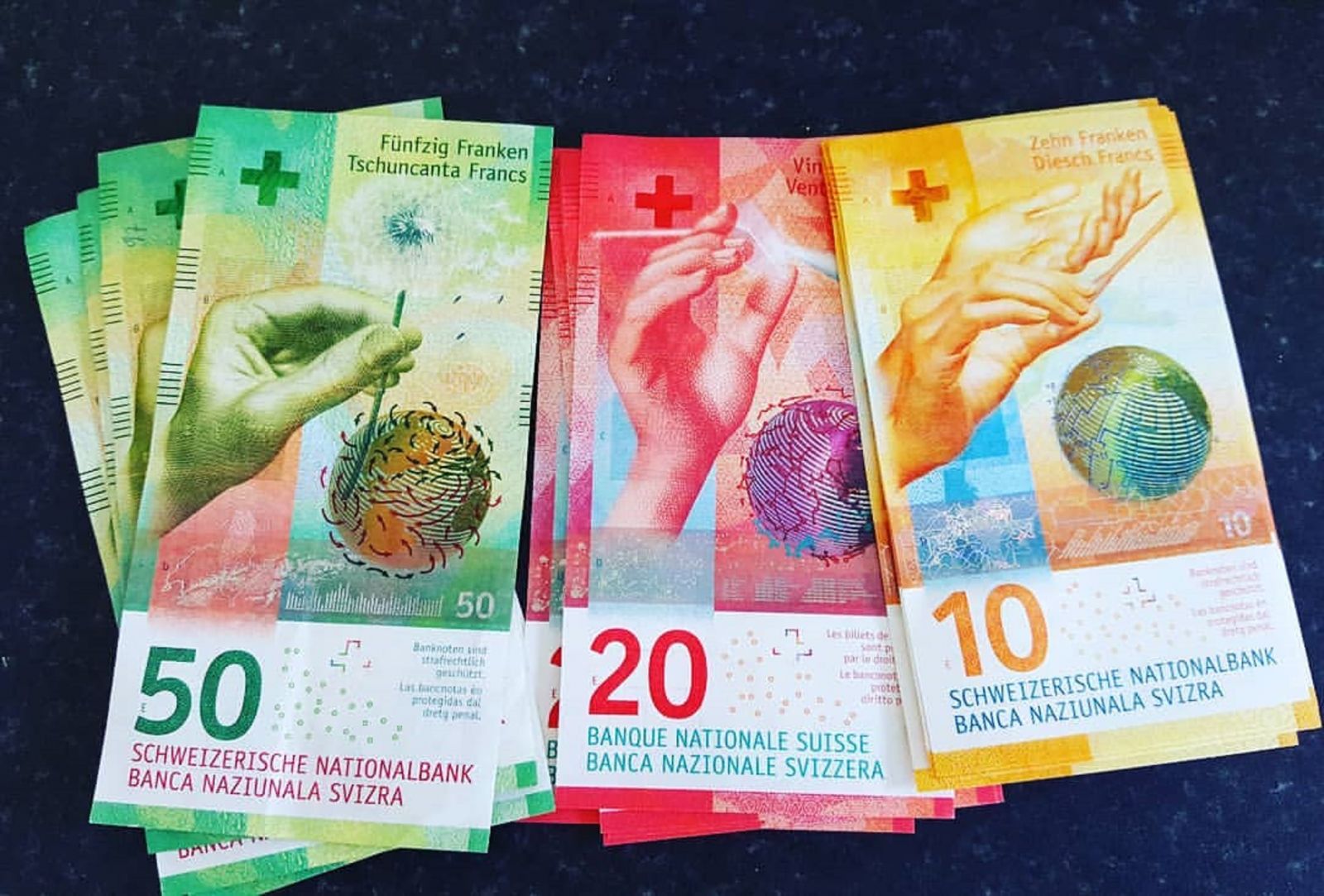
U.S. dollar
The American dollar is in high demand all over the world. It accounts for about 88.3% of daily trading in the foreign exchange market. Over the past few years, the value of the US dollar has depreciated. The unprecedented monetary and fiscal response of the United States to the coronavirus crisis has led to a weakening of the US dollar - it has lost more than a tenth of its value against the euro. However, it remains one of the most valuable currencies in the world.
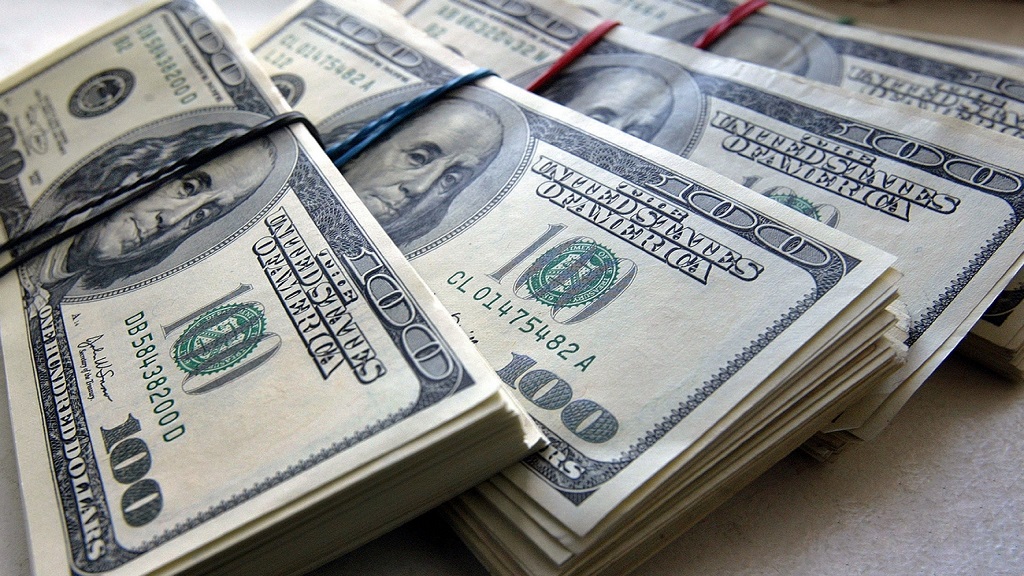
Canadian dollar (1 CAD = 0.79 USD)
The monetary unit of Canada was introduced into circulation in 1858. The Canadian dollar is often called the "Loonie" after the bird depicted on the one dollar coin. CAD is a very popular currency trading method, accounting for about 5% of daily trading in the global foreign exchange market.
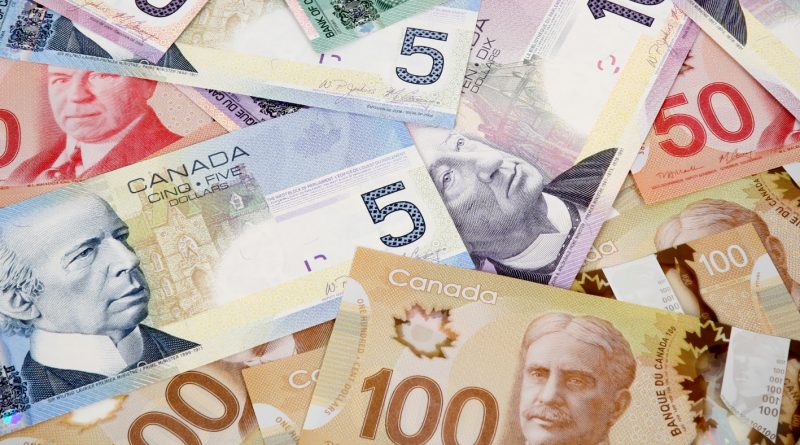

There are 180 currencies in the world. We are used to keeping track of the value of the hryvnia against the US dollar. However, surprisingly, green is not the strongest currency in the world.
The value of currencies depends on many factors. As a rule, it is growing due to government stimulation of the economy, moderate inflation (about 2% per year), and an improvement in the trade balance.
For example, a country that exports more goods and services than it buys has a trade surplus. This means that more foreign currency is entering the country than it is leaving, therefore, its currency is getting stronger. True, the constant strengthening of the currency is not always a positive phenomenon, so sometimes governments of countries deliberately devalue their currencies. In general, the high cost of the currency rather indicates that the country is successfully controlling inflation.
It is customary to compare world currencies in relation to the US dollar, since it is considered the dominant reserve currency. We have compiled the TOP of the most expensive currencies in the world.
Kuwaiti Dinar (1 KWD = 3.31 USD)
The Kuwaiti dinar has long maintained a leading position in such ratings. This is due to the significant export of oil to the world market. More than 80% of the country's income comes from the oil industry, since the extraction of "black" gold is relatively cheap here. In addition, the country has a low unemployment and tax burden. Since 2003, the currency has been pegged to the US dollar, but in 2007 the government decided to peg the dinar to a weighted currency basket.

Bahraini Dinar (1 BHD = 2.65 USD)
The Kingdom of Bahrain is a small island country located between the Qatar Peninsula and the northeastern coast of Saudi Arabia. Export of "black gold" is the largest source of income for this country as well. The history of circulation of the Bahraini dinar began in 1965, displacing the Persian Gulf rupee. Despite the significant impact of low oil prices on the country's economy, the Bahraini dinar's average annual rate has remained close to the current exchange rate since 2011, and its exchange rate against the US dollar has remained unchanged since 2005.

Omani Rial (1 OMR = 2.60 USD)
Oman is a country on the Arabian Peninsula with a developed economy and a high quality of life. The Omani rial is also pegged to the US dollar, as is the Bahraini dinar. It entered circulation in late 1979, replacing the Sideian rial. Interestingly, the purchasing power of this currency is so high that the government had to issue 1/4 and 1/2 riyals notes. The Omani rial has maintained its value against the dollar due to historically tight monetary policy. Local politicians tend to restrict the supply of money to contain conflicts in the Middle East. It also affects the rate of inflation and the strengthening of the currency.

Jordanian dinar (1 JOD = 1.41 USD)
The Jordanian dinar began circulation in 1949 and subsequently replaced the Palestinian pound. Despite the limited natural resources, the Jordanian economy gradually stabilized, which led to an increase in the value of the Jordanian dinar. It is difficult to explain the high cost of this currency, since the country is not economically developed (GDP per capita is $ 3.69), does not have huge reserves of "black" gold.

British Pound (1 GBP = 1.38 USD)
The British pound is actively circulating in the UK and Northern Ireland. The first black and white banknotes appeared between 1725 and 1745. Since then, they have changed significantly - they became colored and contain an image of the Queen of Great Britain. The British pound accounts for about 12.8% of daily trading in the foreign exchange market. The pound has traditionally been worth more than the US dollar, but in the twentieth century it began to lose ground.
However, in the 1980s, the gap narrowed and the British pound regained its dominance over the US dollar. The British colonies issue their own banknotes, which visually differ from banknotes issued by the Bank of England, but are rated at 1:1.

Cayman Islands Dollar (1 KYD = 1.20 USD)
The Cayman Islands are one of the best tax havens in the world. Hundreds of banks, hedge funds and insurance companies are licensed there. The country has the highest standard of living in the Caribbean. Currency has been in circulation in the Cayman Islands since 1972.

Euro (1 EUR = 1.19 USD)
The Euro is the official currency of the Eurozone, which includes 19 member states of the European Union: Austria, Belgium, Cyprus, Estonia, Finland, France, Germany, Greece, Ireland, Italy, Latvia, Lithuania, Luxembourg, Malta, Netherlands Portugal, Slovakia, Slovenia and Spain. The currency has appreciated over the past few years. Partly due to the fact that it is in circulation in economically developed countries. In addition, the euro is the world's second reserve currency, covering 22.2% of all world savings (US dollar - 62.3%).

Swiss franc (1 CHF = 1.08 USD)
Switzerland is not only one of the richest countries in the world, but also one of the most stable. The Swiss banking sector has made the national currency a safe haven for international capital - investors use it as a safe haven when faced with instability or geopolitical tensions. This was achieved, among other things, thanks to the country's low debt level and correct monetary policy. Also, the currency is in circulation in Liechtenstein.

U.S. dollar
The American dollar is in high demand all over the world. It accounts for about 88.3% of daily trading in the foreign exchange market. Over the past few years, the value of the US dollar has depreciated. The unprecedented monetary and fiscal response of the United States to the coronavirus crisis has led to a weakening of the US dollar - it has lost more than a tenth of its value against the euro. However, it remains one of the most valuable currencies in the world.

Canadian dollar (1 CAD = 0.79 USD)
The monetary unit of Canada was introduced into circulation in 1858. The Canadian dollar is often called the "Loonie" after the bird depicted on the one dollar coin. CAD is a very popular currency trading method, accounting for about 5% of daily trading in the global foreign exchange market.

